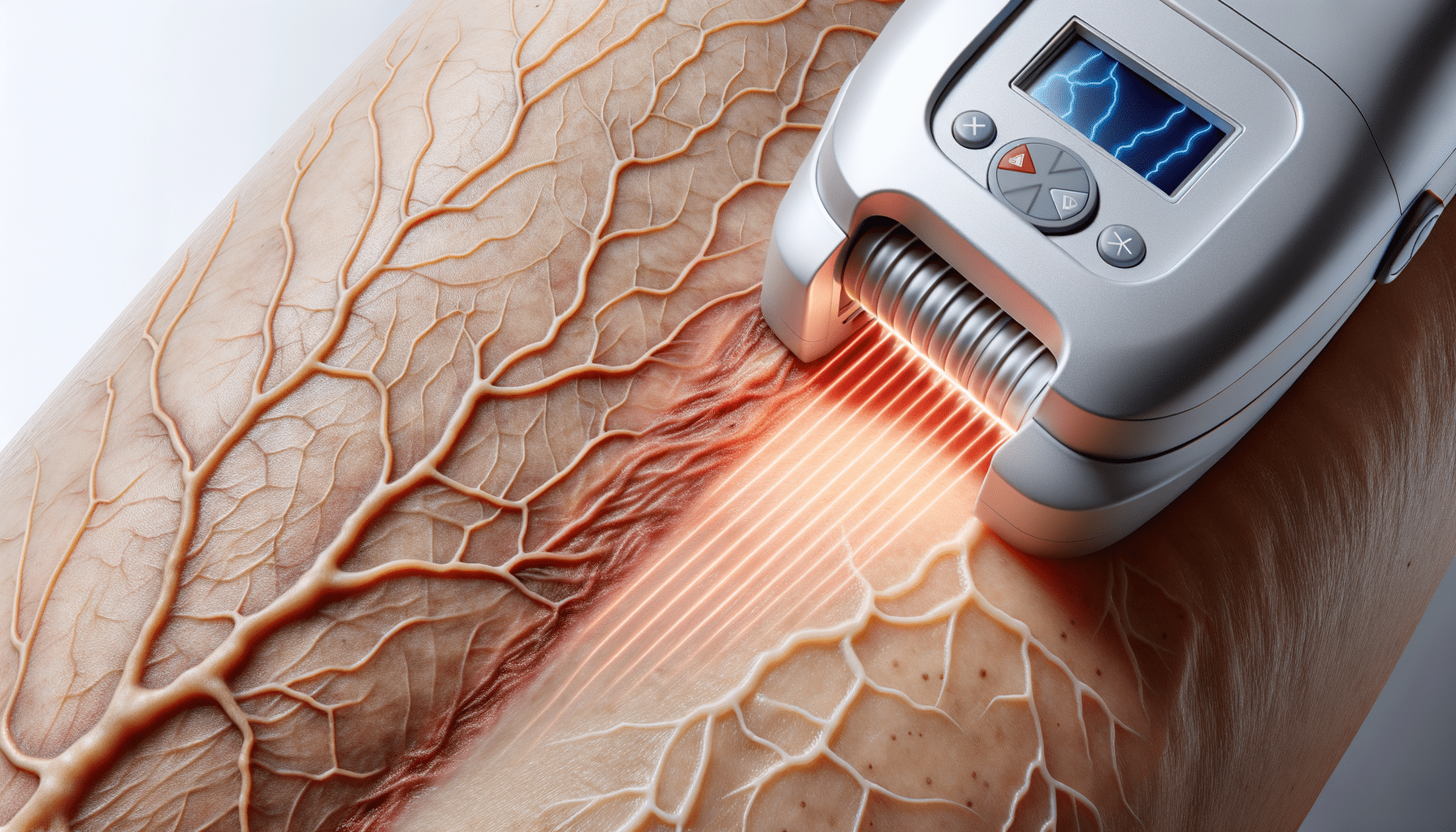
Laser Removal of Spider Veins: A Detailed Guide
Understanding Spider Veins
Spider veins, medically known as telangiectasia, are small, dilated blood vessels that appear near the surface of the skin. These veins are usually red, blue, or purple and can form web-like patterns, often on the legs or face. While they are generally harmless, spider veins can cause discomfort and self-consciousness for those affected. Understanding the causes and characteristics of spider veins is essential in considering treatment options.
Several factors contribute to the development of spider veins, including genetics, age, hormonal changes, and prolonged periods of standing or sitting. Additionally, lifestyle factors such as lack of exercise, obesity, and exposure to the sun can exacerbate their appearance. Although spider veins are more common in women, men can also be affected.
For many, the presence of spider veins is more than a cosmetic concern. They can sometimes cause itching, burning, or a feeling of heaviness in the legs. Fortunately, advancements in medical technology have led to effective treatments, with laser removal being a popular choice due to its minimally invasive nature and promising results.
The Science Behind Laser Treatment
Laser treatment for spider veins works by using focused light to target and eliminate the affected blood vessels. The light energy is absorbed by the hemoglobin within the veins, causing them to collapse and eventually be reabsorbed by the body. This process is known as photothermolysis, which selectively heats the veins while sparing the surrounding skin tissue.
One of the significant advantages of laser treatment is its precision. The lasers can be adjusted to target specific wavelengths that are absorbed by the blood vessels, minimizing damage to the skin. This precision makes laser treatment suitable for delicate areas, such as the face, where spider veins are often more visible.
While laser treatment is generally safe, it is essential to consult with a qualified dermatologist or medical professional to assess suitability. Factors such as skin type, the severity of the spider veins, and overall health can influence the effectiveness and safety of the treatment.
Benefits of Laser Removal
Laser removal of spider veins offers numerous benefits, making it a preferred choice for many individuals seeking treatment. Here are some key advantages:
- Non-Invasive: Unlike surgical options, laser treatment does not require incisions or anesthesia, reducing the risk of complications and the need for recovery time.
- Quick Procedure: Sessions typically last between 15 to 30 minutes, depending on the area being treated, allowing patients to resume daily activities almost immediately.
- Minimal Discomfort: Most patients report only mild discomfort during the procedure, often described as a snapping sensation on the skin.
- Effective Results: Many individuals see significant improvement after just a few sessions, with the treated veins gradually fading over weeks or months.
Despite these benefits, it is crucial to have realistic expectations and understand that multiple sessions may be necessary to achieve desired results. Additionally, while laser treatment can significantly reduce the appearance of spider veins, it may not prevent new ones from forming.
Preparing for Laser Treatment
Preparation is a critical step in ensuring the success and safety of laser treatment for spider veins. Before undergoing the procedure, patients should consult with a qualified healthcare provider to discuss their medical history, current medications, and any potential risks.
Here are some common preparatory steps:
- Avoid Sun Exposure: Tanned or sunburned skin can increase the risk of complications, so it is advisable to avoid sun exposure for at least two weeks before treatment.
- Discontinue Certain Medications: Blood thinners and anti-inflammatory drugs can increase the risk of bruising and should be avoided before the procedure, as advised by the healthcare provider.
- Hydrate and Moisturize: Keeping the skin hydrated can improve its condition and enhance the effectiveness of the laser treatment.
By following these guidelines, patients can help ensure a smoother treatment process and potentially better outcomes.
Post-Treatment Care and Considerations
After undergoing laser treatment for spider veins, proper post-treatment care is essential to maximize results and minimize any side effects. Patients may experience mild redness, swelling, or bruising in the treated area, which typically subsides within a few days.
Here are some post-treatment care tips:
- Avoid Sun Exposure: Protect the treated area from sun exposure by wearing protective clothing or using sunscreen with a high SPF.
- Follow Medical Advice: Adhere to any specific instructions provided by the healthcare provider, such as applying prescribed ointments or avoiding certain activities.
- Monitor for Side Effects: While rare, any unusual symptoms or prolonged discomfort should be reported to the healthcare provider promptly.
By taking these precautions, patients can help ensure a smooth recovery and enjoy the benefits of clearer, vein-free skin.


